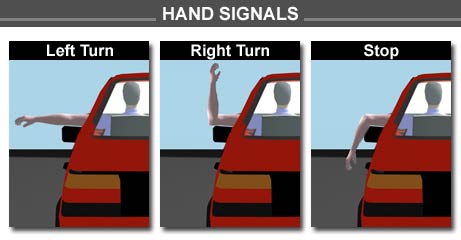So there are a few options for this, first off to use one LED per light or many. With
one of these 15watt LEDs you would have enough light, but they overheat (that's why they aren't use for head light much). Or you could use a array of smaller LEDs.
One thing about LED's is that you don't need a red lens, you can just get red bulbs. If you are going to run them under the red lens, then you should know what spectrum the lens lets through. Your lens may block out a lot of light at 640nm, but not at 660nm. To really know; some complex testing would be needed. Alternately you could make clear ones, or drill holes for the LED's to pop out of.
So for controlling brightness there are also a few options.
-Multiple circuits (the option i think is best) in which you would have say 5 rows of lights, and 2 would only be on for the "bright mode" for brakes or what have you.
-Or the PWM (pulse width modulator) way, by running them on a square wave current for dim, and a wider wave or just DC for bright. I don't like this because I also hate seeing them on the road (most stock LED's, but Cadies are the worst). The PWM waists energy, but not as much as resistors.
-Or the resistor way, where you have a bright and dim voltage. This would be a rather simple way to do this, but it's the lest eff way.
For wiring the first bright/dim choice would be simplest, but you would need to find the right LED's, and know the voltage your charging system runs at (not just at idle).
Ideally you could do this with out any resistors
If you have 13.9 to 14.2V take the higher voltage and find a LED that has a max running voltage that can go in to 14.2 some number of times. If you used
these 2.8V red LED (just under a half watt each) you could string 5 together. 14.2 across 5 would give them 2.84V across each which should be fine, and at 13.9V it would be 2.78V each.
For blinkers you would be best sticking with the sock ones, but if you must, go with a blinker relay that is made for lower wattage (the specific wattage you end up using). Shorting it out with a resistor works, but it doesn't help anything, you use the same amount of electricity, and instead of changing bulbs, you have to change that resistor every time it explodes.
or you could save alternator draw by just doing this:
